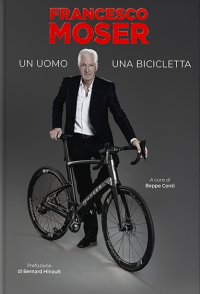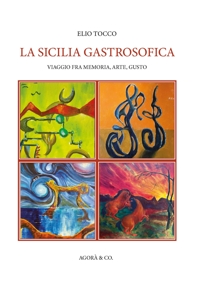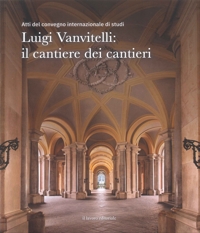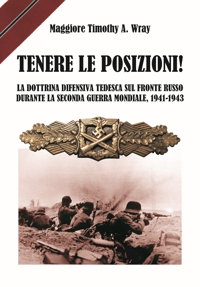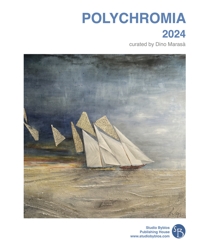Felice Palma. Massa 1583-1625. Collezione / Collection.
Testi di Andrei Cristina, Ciarlo Nicola, Federici Fabrizio, Claudio Casini e Sara Ragni.
Testo Italiano e Inglese.
Pontedera, 2024; ril. in cofanetto, pp. 289, ill. b/n e col., tavv. b/n e col., cm 24,5x34.
(L'Oro Bianco. Straordinari Dimenticati. The White Gold Forgotten Masters).
prezzo di copertina: € 160.00
|
Libri compresi nell'offerta:
Felice Palma. Massa 1583-1625. Collezione / Collection.
Testi di Andrei Cristina, Ciarlo Nicola, Federici Fabrizio, Claudio Casini e Sara Ragni.
Testo Italiano e Inglese.
Pontedera, 2024; ril. in cofanetto, pp. 289, ill. b/n e col., tavv. b/n e col., cm 24,5x34.
(L'Oro Bianco. Straordinari Dimenticati. The White Gold Forgotten Masters).
OMAGGIO (prezzo di copertina: € 160.00)
Le botteghe del marmo
Testo Italiano e Inglese.
Ospedaletto, 1992; ril., pp. 153, 10 ill. b/n, 60 ill. col., cm 24x29.
(Immagine).
OMAGGIO (prezzo di copertina: € 34.49)
Museo Stefano Bardini. I Bronzetti e gli Oggetti d'Uso in Bronzo
A cura di Nesi A.
Firenze, 2009; br., pp. 191, 102 ill. b/n, 7 ill. col., cm 17x24,5.
(Museo Stefano Bardini).
OMAGGIO (prezzo di copertina: € 30.00)
Bronzetti e Rilievi dal XV al XVIII Secolo
Bologna, 2015; 2 voll., ril. in cofanetto, pp. 729, ill., tavv. col., cm 21,5x30,5.
OMAGGIO (prezzo di copertina: € 90.00)
Astro-Medicine. Astrology and Medicine, East and West
Sismel - Edizioni del Galluzzo
A cura di Akasoy A., Burnett C. e Yoeli-Tlalim R.
Tavarnuzze, 2008; br., pp. XII-277, cm 17x24.
(Micrologus library).
collana: Micrologus library
ISBN: 88-8450-300-0 - EAN13: 9788884503008
Testo in: 
Peso: 0.9 kg
The underlying framework is clear when the human body itself is regarded as being a 'little world' (microcosm) which corresponds in all its parts to the world as a whole (macrocosm). The association between human anatomy and the stars is found already in ancient Egypt and was later incorporated into Greek medical theory. A similar correlation was made in ancient China, with its system of Yin-yang and the five agents. Horoscopic astrology was already developed by the Babylonians who believed that the planets could determine the physiognomic characteristics of the child. Similar traditions exist in the medieval Islamic world.The concept of time as the element that links the human being with the cosmos already appears in the earliest Indian text on medicine, the Atharva Veda, and achieves its most elaborated form in the Buddhist tantric treatise of the Ka¯lacakra. The significance of the cycles of the moon, in particular, for the development of a disease, lies at the heart of the theory of 'critical days', which was espoused by doctors from Classical Antiquity into the early modern period.There was always criticism of being guided by astrology, especially on the grounds that certain practices were superstitious rather than rational. In the Indian context, the crucial question is that of the role of karma. Even in modern times the classical systematisation of personality types, based on a synthesis of astrological and medical concepts, has continued to inspire psychologists and educationalists.
Simonetti Dario € 23.75
€ 25.00 -5 %
Etica Coniugale. Per un Rinnovamento della Morale Matrimoniale
In gioco. Illusione e divertimento nell'arte italiana 1850-1950
Proarch Studium 2030. La città degli studenti/Call for projects
Officina 1922. Una Mostra alle Origini della Fortuna del Barocco
























